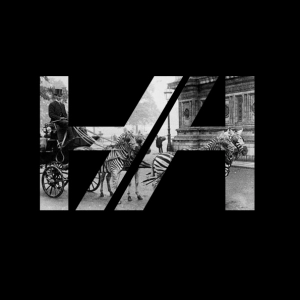The history of war is the history of suffering, death and destruction. During the Second World War this destruction was certainly not restricted to mankind. Of course animals became casualties of war through indirect means, such as bombing, hunger and exposure. However in WW2 many combating nations sought to use animals in order to bring destruction to their enemy. This post will highlight how dogs and bats were weaponised for war.
Dogs are one of the most loyal and beloved animals within many nations, however during WW2 it was decided that man’s best friend could make a useful weapon. 1941 marked the beginning of Operation Barbarossa, the German invasion of the USSR, which threw the Red Army and the Russian nation into retreat and destruction. In an attempt to combat the German tanks the Red Army decided that dogs would be an effective means of delivering an explosive device. Training dogs to do this was, in theory, not particularly difficult. The handlers would let the dogs go hungry and when suitable famished, would place food under a tank. The idea was that before a battle the dogs would be brought to the front hungry so that when they were released they would scurry under the German tanks in the hope of finding food. In order to destroy the tanks the dogs would be fitted with a back pack, filled with explosives and armed with a lever that would of course be activated when under the tank, destroying both the tank and the dog. Ironically in practice the plan didn’t entirely work as intended. The dogs had been trained with Soviet tanks so unsurprisingly when released in battle, many went under the Soviet tanks thus destroying them! Although not as success as intended, the Russia anti-tank dog demonstrated the creative and utilitarian ideas deployed by the Red Army during their Great Patriotic War as they attempted to stave off destruction and defeat.
As war in the Pacific and Asia theatre dragged on the American Government continued to explore way in which they could gain an upper hand over their Japanese enemy. Japanese cities were identified as being predominately constructed from wood and so ideas began to emerge around how these cities could be destroyed, of course the most effective tool to do this was fire. The problem that they faced was how to deliver this fire to the enemy. Of course bomber air craft could deliver incendiary bombs however these were inaccurate and could be costly in materials and in aircraft if the Japanese put up an effective defence. One of the ideas that emerged was that of the bat bomb. It was identified that during the day bats hide in caves or other dark areas. An idea emerged that if bats could be released over Japanese cities during the daylight they would soon fly down and find dark hiding places within the roofs and crevices of houses, warehouses and factories. In terms of the incendiary a small devise was attached to the bat using surgical string and would detonate through a time delay fuse, thus setting the cities alight in a surprising instance. It was planned that the bats would be refrigerated to make them go into an early hibernation, loaded into special built bombs and dropped over a Japanese city. As the bomb fell a parachute would open and as it slowly dropped to the floor different levels where the bats were stored would open up and with the increasing hot air surrounding them the bats would awake and fly away to find dark cover. In early tests there were some successes, even if in one incident the bats were dropped too early from the aircraft and set fire to US military buildings, the bat bomb was demonstrated it could work. The small bat bombers however were not deployed on Japanese cities as by the time it was ready to be used its destructive power was miniscule compared the US government preferred solution to ending the war, that of the nuclear bombs.
Images taken from:
Diana C Cooper, ‘Anti-Tank Dogs: Sent on Suicide Missions’, Famous Dogs In History, < http://dogs-in-history.blogspot.co.uk/2016/07/anti-tank-dogs-sent-on-suicide-missions.html>
Further information:
Diana C Cooper, ‘Anti-Tank Dogs: Sent on Suicide Missions’, Famous Dogs In History, < http://dogs-in-history.blogspot.co.uk/2016/07/anti-tank-dogs-sent-on-suicide-missions.html>
Jilly Cooper, Animals in War (London: Corgi Books, 1984)
Robert F. Dorr, ‘Brilliant Mistakes: The Bat Bomb’, Defence Media Network, < http://www.defensemedianetwork.com/stories/brilliant-mistakes-the-bat-bomb/>










